Peter King Robbins has lived most of his life moving at breakneck speed, pushing up against and breaking down barriers — whether it be racing a motorcycle at 170 miles per hour, climbing a Himalayan peak or beating out some of the world’s largest advertising agencies for ad campaigns.
“Part of pushing boundaries is to fall down and hurt yourself. You need to learn from that,” says 62-year-old Robbins, one of the design industry’s most innovative creatives.
At this stage of his life, Robbins says he has learned when to push forward, and when to turn back. He has downsized his career to create room to focus on those things that truly mean something to him.
He now runs Blue Egg Strategy & Design — a 2-person branding and advertising agency he launched two years ago — out of a spare room in his Glendale home at the base of the Verdugo Mountains. The office is decorated with impressionist artwork painted by his grandparents, a vintage bicycle, and motorcycle memorabilia. In contrast, BIRD — the 30-person agency he started and ran for 25 years — occupied a spacious building on Sunset Boulevard in Hollywood.
“Now it’s about putting as much meaning into my life and into the work I love,” he says. “I can focus on things that matter to my clients, and that matter to me.”
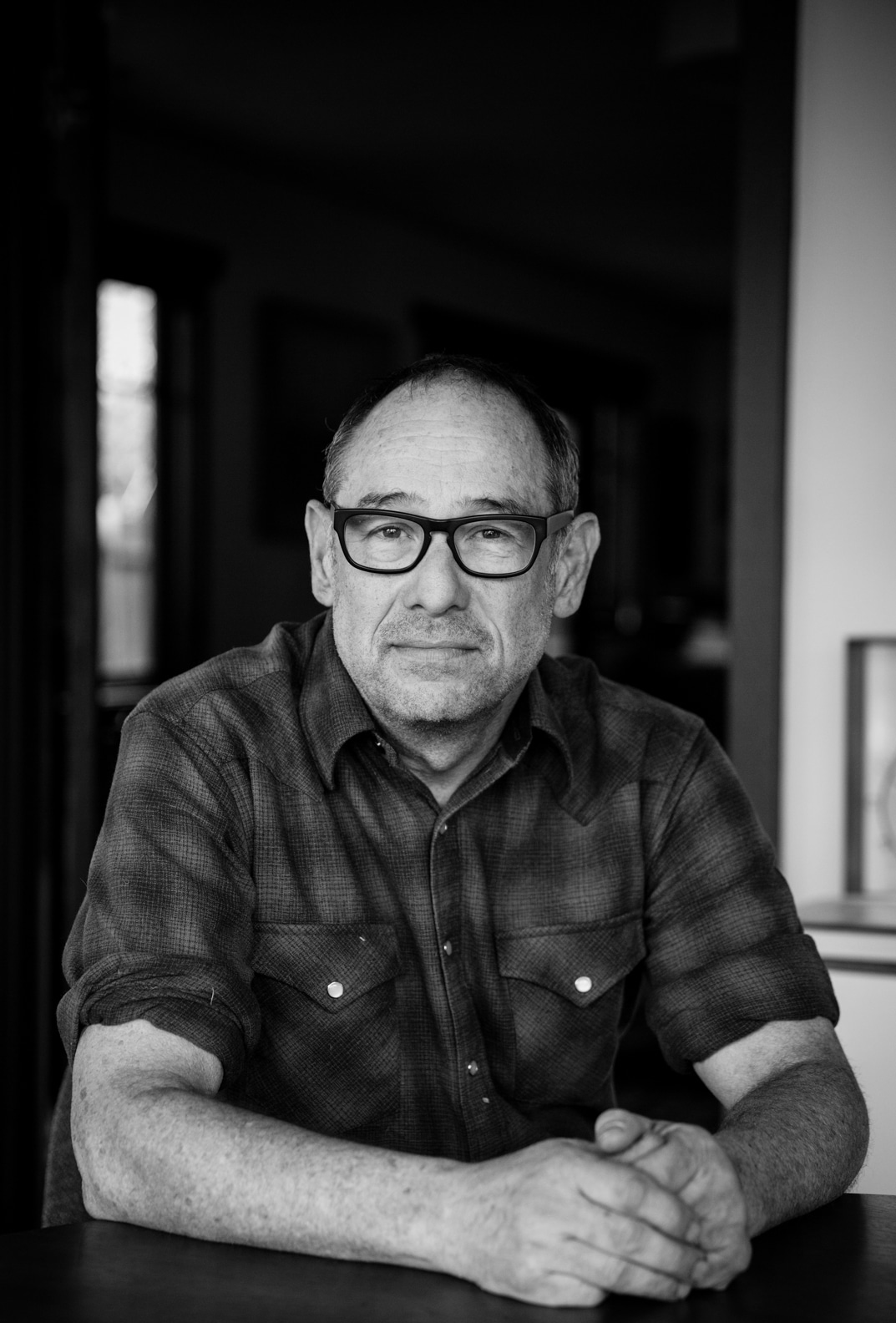
From T-Squares to CAD
Over his four-decade career, Robbins has leveraged his talent, creativity and experience while continually learning new skills necessary to remain competitive — something that can seem daunting at times. He has adapted to the sea change that has transformed the design world — from the drawing boards and T-squares of yesterday to today’s computer-aided design.
“It’s about realizing that brand thinking has changed utterly and completely,” says Robbins. “Branding today is a conversation — a journey you take with people. You don’t leave them at the door because they purchase something. That’s an exciting and important pivot in design, marketing and creativity.”
Robbins has traveled a colorful and eclectic path to arrive at Blue Egg. It’s a journey that hasn’t been without formidable challenges — from dyslexia to heroin addiction.
“I realize that, in a lot of ways, the choices I’ve made may have cost me, but I’ve been rewarded in ways beyond my wildest imagination,” he says.
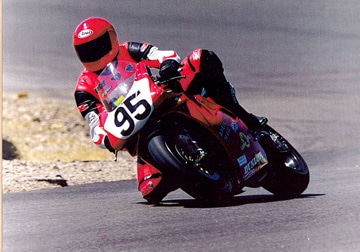
The Kid at the Front of the Barricade
The son of an architect and an urban planner who met at the Harvard Graduate School of Design, Robbins was inspired by parents who viewed designing buildings and cities as a way to change the world.
“I learned from my parents that aesthetics can change the world by changing our experience within it,” Robbins says. “Aesthetics are a way of communicating feelings, ideas and philosophies.”
The family settled in the San Francisco Bay Area in a house in Berkeley Hills that overlooked the Bay. He grew up during the ‘60s — a time of exciting and monumental cultural change.
“When the riots started in Berkeley, I was always the first kid at the front of the barricade,” says Robbins.
While some barriers in his life were literal, there were others that were harder to break down. Growing up dyslexic in a family full of bright, accomplished people — especially at a time when little was known about what it was or how to address it — posed significant challenges for Robbins.
“I was constantly comparing myself as a kid,” he says. “I wondered ‘What the hell happened?’ ”
He was fortunate to have a sixth-grade teacher who showed him the power of dyslexia – how to see it as an asset rather than viewing it as a disability. “There is a creative part of the dyslexic mind that approaches problems in a tangential way,” he says.
He attended Hampshire College, but later transferred to San Francisco State. It was during this time that Robbins became fascinated by the punk rock culture that was taking the Bay Area music scene – and the world – by storm. He began hanging out with a San Francisco punk band called the Avengers.
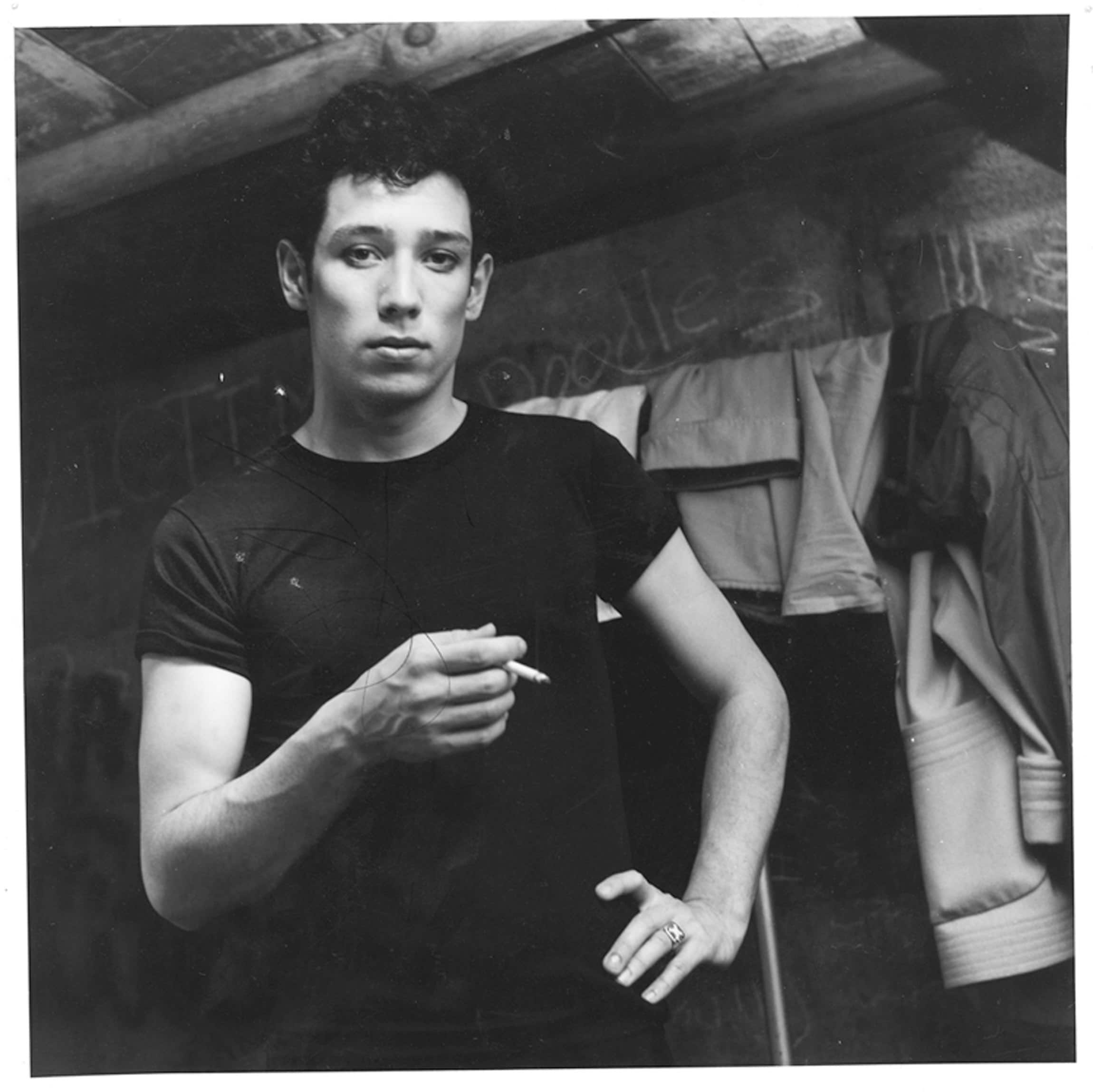
Punk Rock Opens Design Door
While he tried unsuccessfully to become a punk rocker himself, he found more success creating graphics for bands and clubs — work that would shape the trajectory of his career. “I could be okay in a band, but I could do much better creating artwork for bands and music venues,” he says. “It became a natural milieu for me as a graphic designer. I woke up one day realizing that I was creating things I really believed in.”
He was inspired to move to New York to study art at the Pratt Institute to learn the academic practices behind the creative process. Design became a new way to break barriers. “I had this spark and this energy and this crazy drive to be in design,” he says.
During and after completing his studies, Peter worked at a range of agencies, retailers and design studios, with such design icons as Neville Brody.
While vacationing in Los Angeles, he fell in love with the brash, esoteric designs created for the ’84 Olympics by such artists as Saul Bass, Robert Rauschenberg and Roy Lichtenstein — an interpretation that strayed colorfully far from the traditional red, white and blue and “took my breath away.”
“There was art everywhere — beautiful design unlike anything I’d ever seen before,” recalls Robbins. “There were all these bright colors that really spoke to the city itself. I wanted to be in the middle of it.”
He decided he wanted to be a part of this creative awakening, and headed out west. While in Los Angeles, Peter was able to branch out into fashion branding and marketing while working for Leon Max of Max Studio, Guess and Jimmy’z.
Around this time, he bought his first Mac computer and learned how to use it. “It changed everything,” he says. “It speeded up my processes.”
Good Design = Art + Science
Eventually, Peter saw an opportunity to package his diverse background by launching his own visionary design shop, BIRD, in 1990. Robbins had the unique ability to transform complex visual strategies, human emotion, and core brand messaging into a seamless, intuitive campaign. He has been able to meld art with science — data and artificial intelligence — to create powerful campaigns. “Nothing can be accomplished without art, but science changes how people interact with brands,” says Robbins.
BIRD took a media-agnostic approach, working across print, television and digital. The name of the agency came from Robbins’ philosophy that birds can see things from different angles and heights. “Most people see things only from ground level, but there’s a lot more to see when you can get higher and lower,” he says.”
As CEO and executive creative director at BIRD, he worked with some of the largest names in entertainment and technology — clients like IMG, Pandora, Cisco, Disney and Focus Features. Because of his varied background, Robbins felt equally at home with a rebrand, strategic ad campaign or product launch. Almost overnight, BIRD grew from an 8-man studio to more than 30 people.
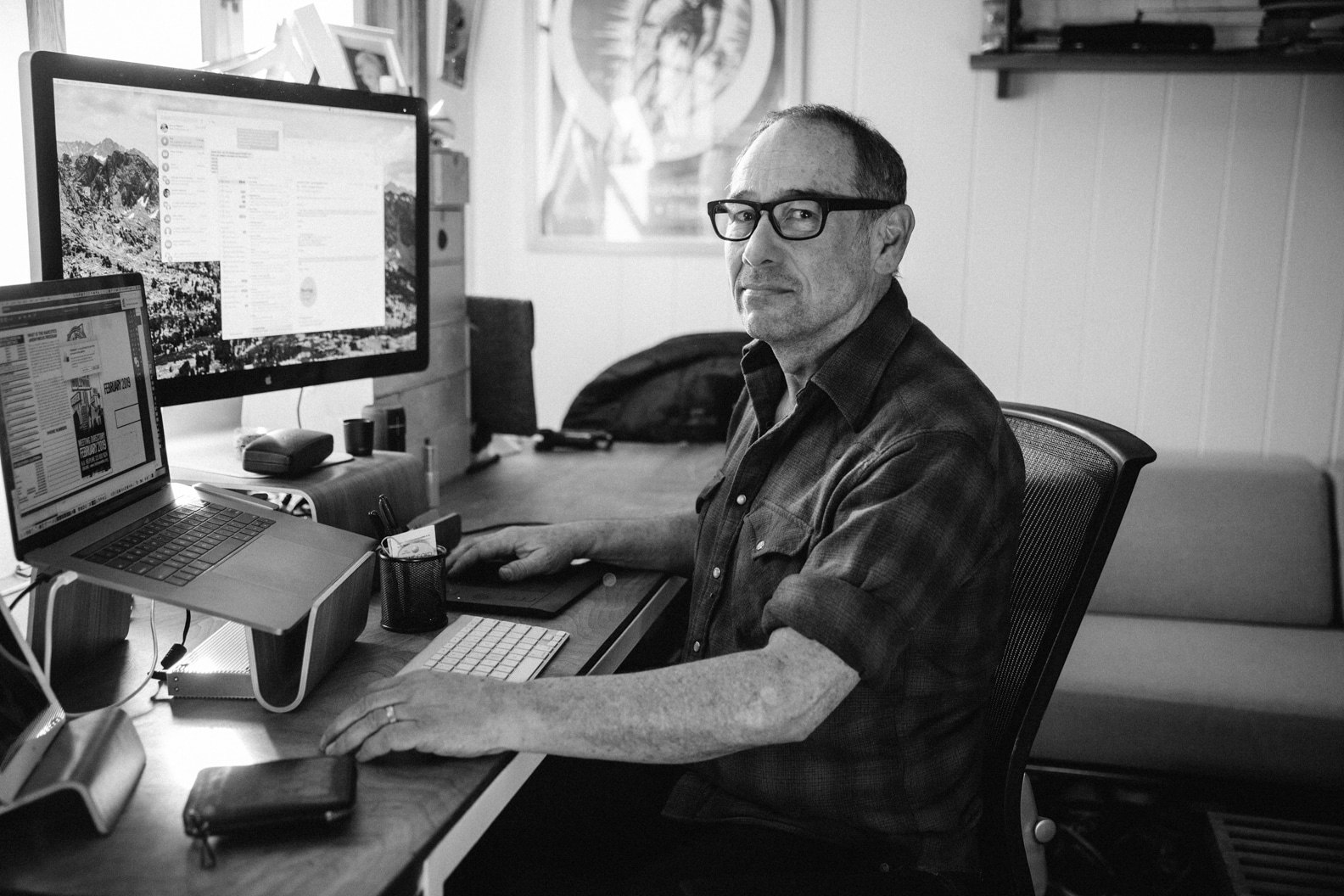
Democratizing Video
One of his favorite campaigns was the work he did for Flip. Newly acquired by Cisco in 2008, Flip was a fun, affordable alternative to the ubiquitous camcorder — a device that democratized video. BIRD beat out Ogilvy for the campaign, which sought to grow brand awareness and double sales. Over the course of the campaign, BIRD created thousands of pieces of content including 10- and 15-second TV spots created entirely by celebrity and everyday users. Sales jumped 250 percent.
He’s also proud of the work BIRD did in 2013 to rebrand Pandora, the personalized music service. After extensive research talking to people around the country, BIRD determined that Pandora was marketing their technology, but wasn’t talking about the music experience — the human aspect. “There were boundaries created by the music industry between the listener and the musician,” says Robbins. “Pandora broke down those boundaries. It was beyond the algorithm and analyzing all the songs. We created an emotional story (for the brand).”
Over the years, BIRD won numerous design awards in both advertising and design. Robbins’ work has been published in the 100 Show, Graphis, and AdAge, and it has been shown at the Cooper Hewitt/Smithsonian Design Museum in New York.
But Robbins began to see shifts in the industry — technological changes that were leading to smaller, nimbler firms. “You only needed a few designers and art directors to produce a lot of work,” he says. “That shift sparked my imagination.”
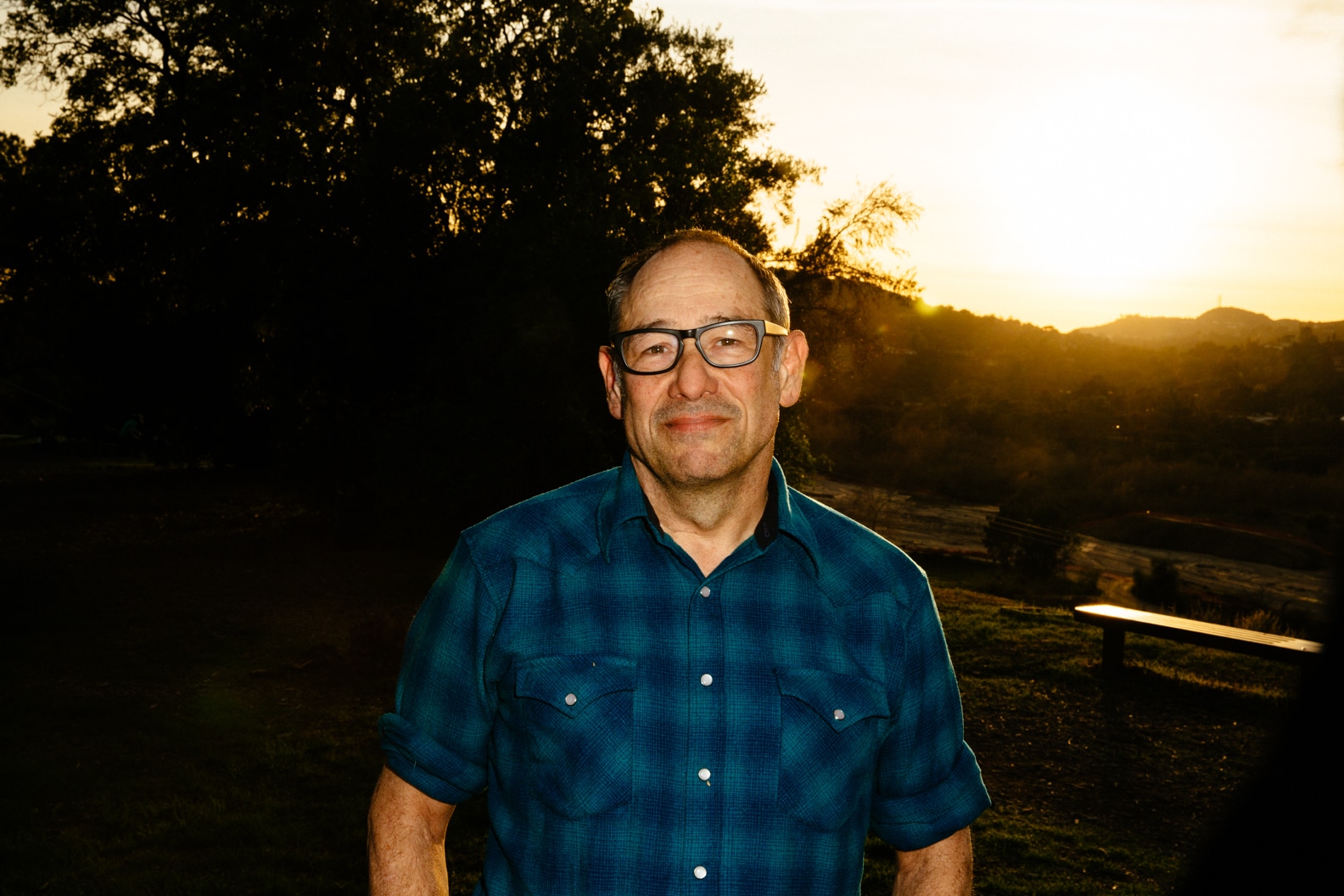
Hatching a New Venture
At the age of 60, ready to embrace the next stage of his career, he shuttered BIRD and hatched a new venture: Blue Egg. Blue Egg, he says, gets its name from the idea of incubating, nurturing and bringing to life a way for companies to take flight.
“For me, the opportunity now is to bring the knowledge base I have — the creative thinking I have — to companies that are either starting out or in transition and need to craft a brand message around it,” says Robbins.
Like BIRD, Blue Egg doesn’t focus on a specific medium or a particular industry, taking on projects for a range of clients — from rebranding an architectural firm to working with a telecommunication technology company to shape its brand identity. He says he now has the luxury to be choosy.
“Things keep coming to my door,” he says. “Right now I’m cherry picking the right opportunities to work with the right people.”
One of those projects is No Cameras Allowed: My Career as an Outlaw Rock and Roll Photographer, a 250-page book blending his love for music and design. The book, published last summer, features hundreds of photos of such musicians as Billy Joel, the Talking Heads and David Bowie.
Despite his success and many accolades, Robbins concedes that the pace of change can be intimidating. Robbins recalls sharing with a design peer his trepidation about keeping up with the digital revolution, with new terms like UX and UI and the ever-changing array of new software programs.
“He said, ‘You’re crazy. You’re a great designer, and this is still just design,’ ” says Robbins.
32 Years of Sobriety
Life hasn’t been all smooth sailing. Robbins is open about the struggles he’s faced with addiction, and the influence that has had on his life. Growing up in Berkeley, drugs were everywhere. “Drugs became a religion for everyone.”
By the time he finished college, he was addicted to heroin. Part of his impetus to move to Los Angeles was to get clean — a process that took eight months. “I turned 30 and I realized: This is not the intention I wanted from my life at all,” says Robbins, who has 32 years of sobriety.
“Tragedy and difficulty bring out parts of us — often our best parts,” says Robbins. “My addiction gave me insights into my life as a man, and I’m much more responsible toward the people I care about.”
Those people include family and friends – some of whom he’s known since his punk rock days.”I have a great community of people, even though we’re all very different,” he says.
He has been married to his second wife for 10 years and has a close relationship with his first wife. He has a deep rapport and connection with his 27-year-old daughter, 20-year son and two step daughters. “My kids are really thoughtful,caring people,” he says.
Tranquility on 2 Wheels
By downsizing, Robbins appreciates the fluidity of his life these days. That means he may wake up at 6 am, meditate — something he does every morning — and finish work by noon. Then he often hops on his bike for a 40-mile ride into the San Gabriel Mountains.
His love for cycling got its start while he was working as a bike messenger on the streets of New York. He founded his own cycling club, the Griffith Park Dope Pedallers (dope, in this case, meaning good). Not only is cycling a great form of exercise, it also serves as a powerful creative outlet.
“I cannot count the number of times I have resolved a logo or messaging thought while riding my bicycle through the mountains of Southern California,” says Robbins. “While I was riding my bike, the entire manifesto for Pandora popped into my head. That wouldn’t have happened if I was sitting at my computer.”
LEAVE A REPLY
The ideas expressed here are solely the opinions of the author and are not researched or verified by AGEIST LLC, or anyone associated with AGEIST LLC. This material should not be construed as medical advice or recommendation, it is for informational use only. We encourage all readers to discuss with your qualified practitioners the relevance of the application of any of these ideas to your life. The recommendations contained herein are not intended to diagnose, treat, cure or prevent any disease. You should always consult your physician or other qualified health provider before starting any new treatment or stopping any treatment that has been prescribed for you by your physician or other qualified health provider. Please call your doctor or 911 immediately if you think you may have a medical or psychiatric emergency.
AUTHOR

We will never sell or give your email to others. Get special info on Diet, Exercise, Sleep and Longevity.

Wow! So bright. So wound, it was unpredictable. Your sis believed in your value. She knew you and wanted you freed of your addiction, then. You did it, as you brilliantly said, every day recovering. You encountered shocking and formless problems and yet crafted a very respectable life. Even more complex now, an always surprising masala.